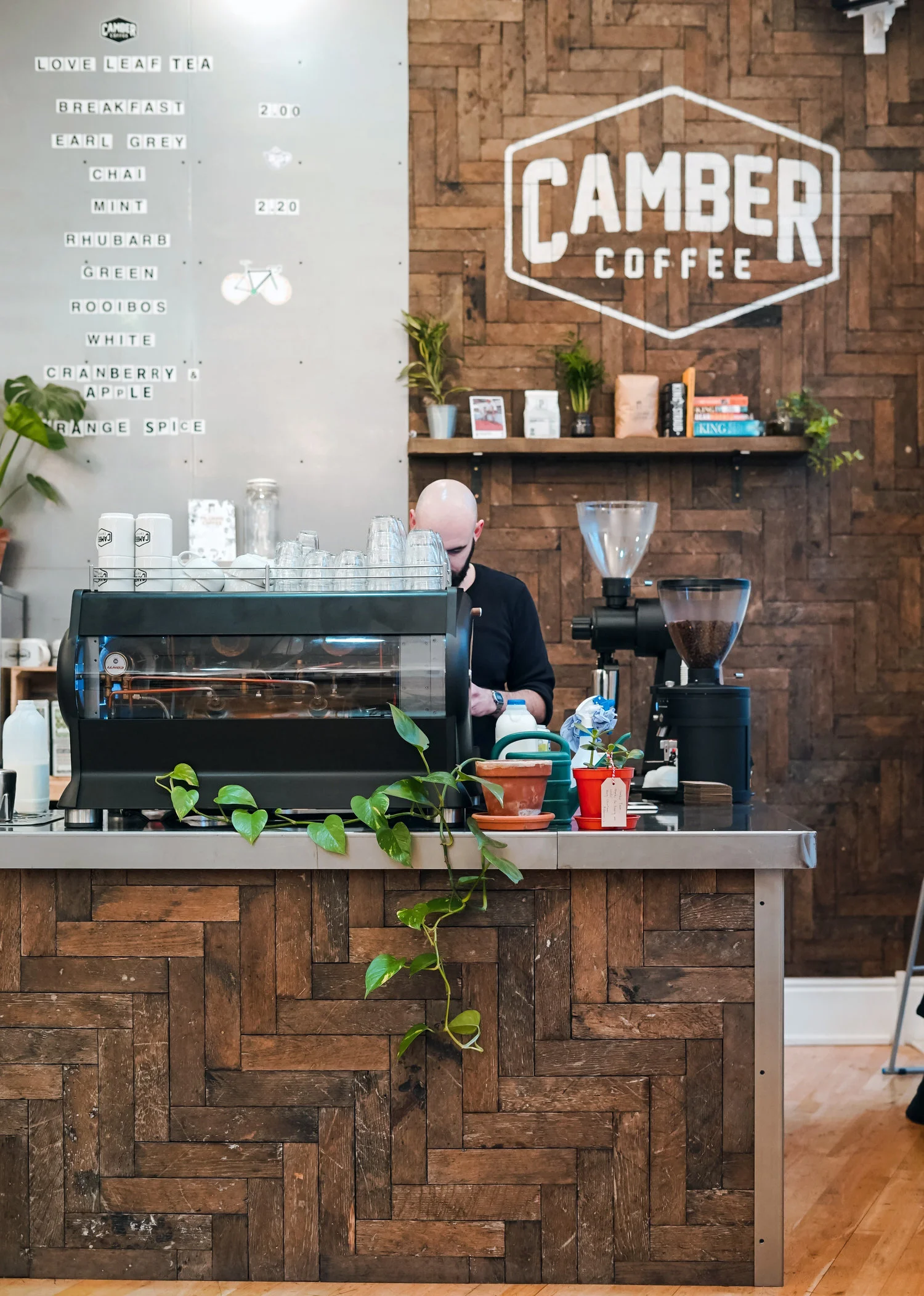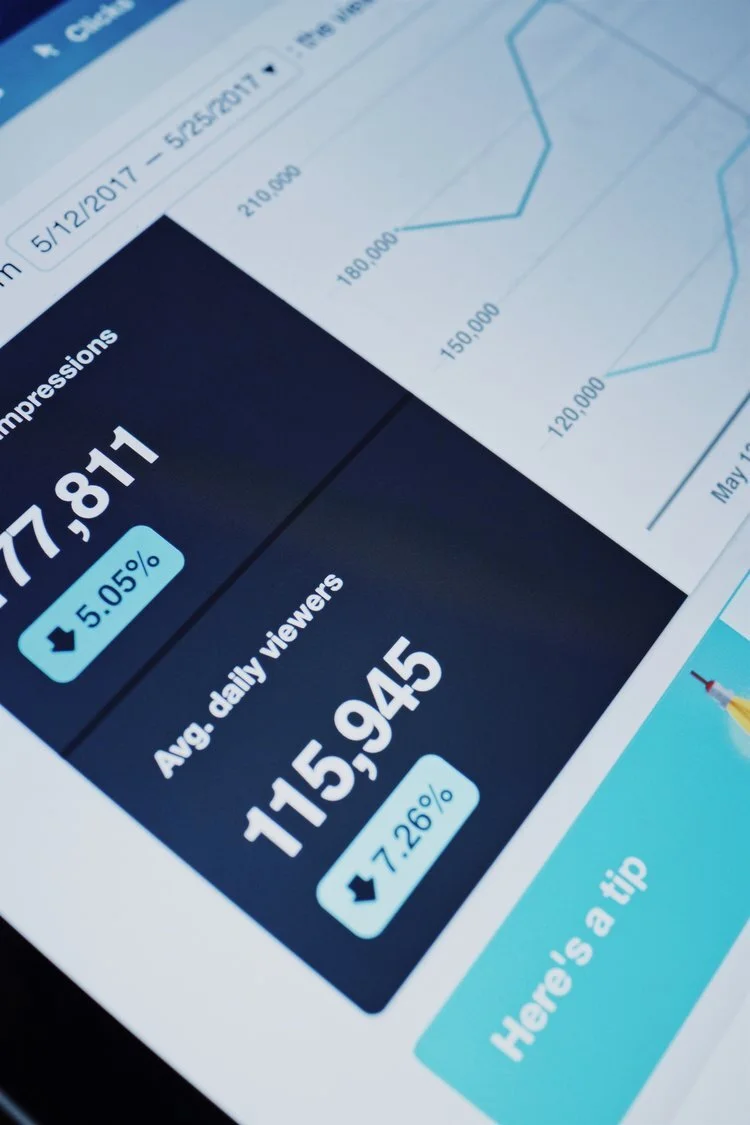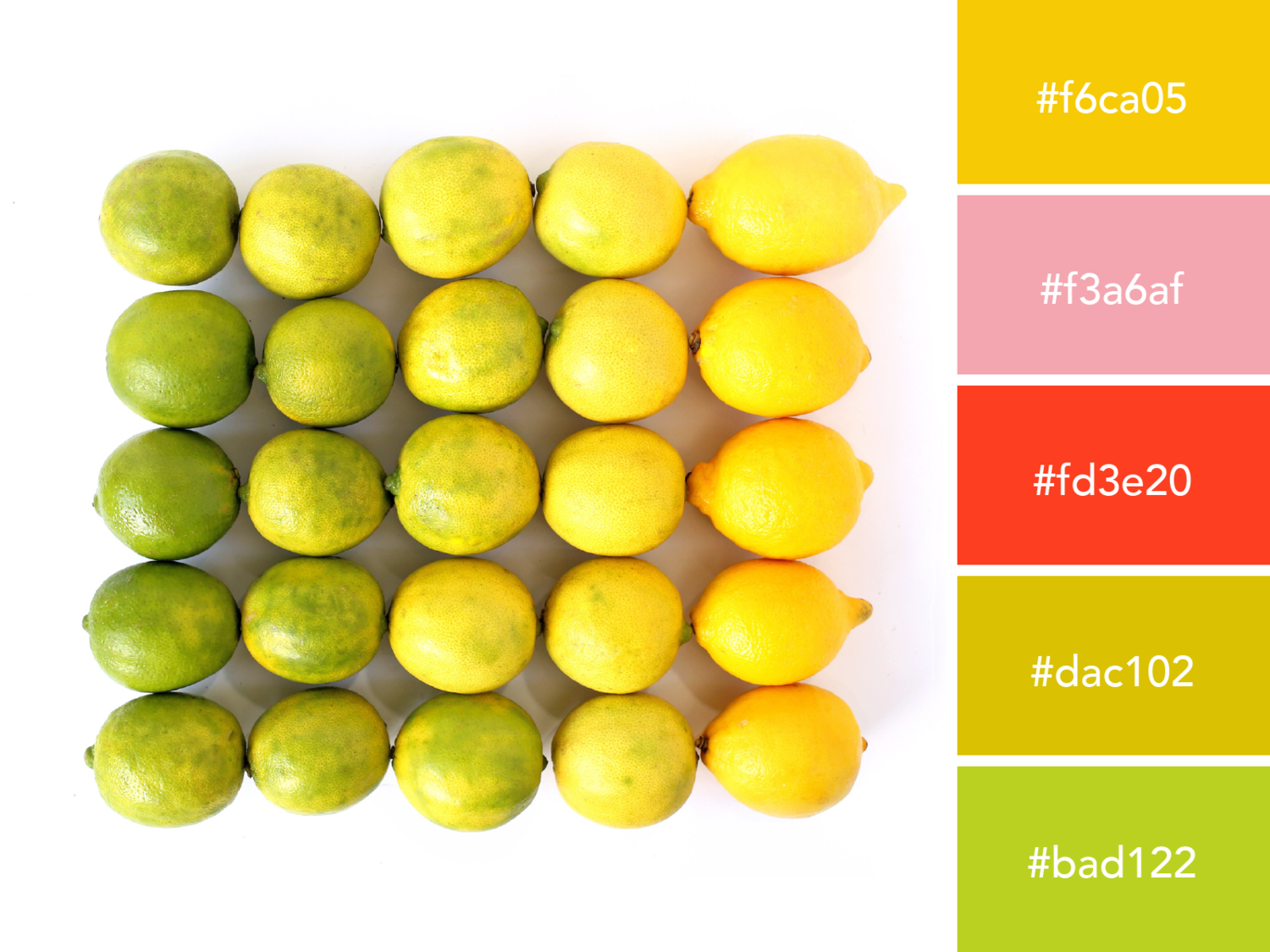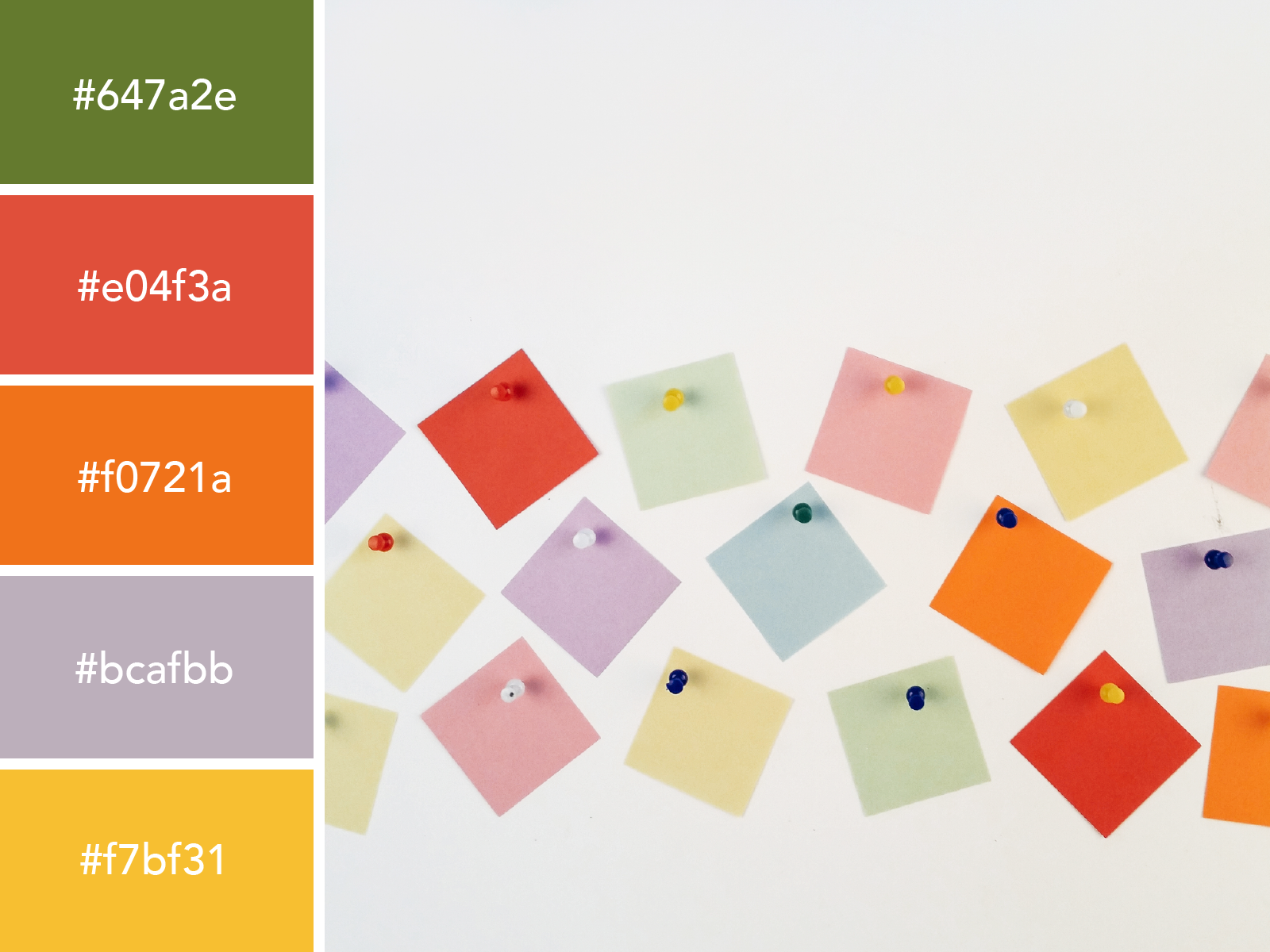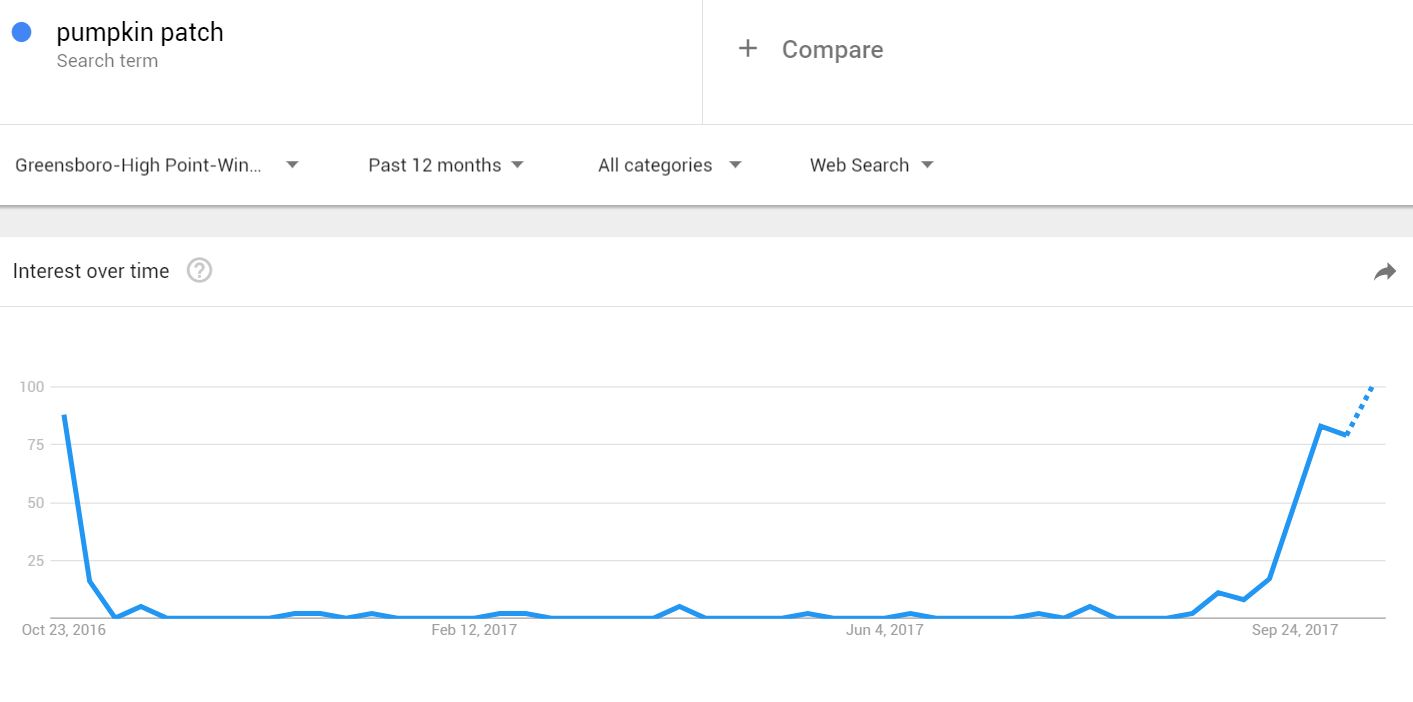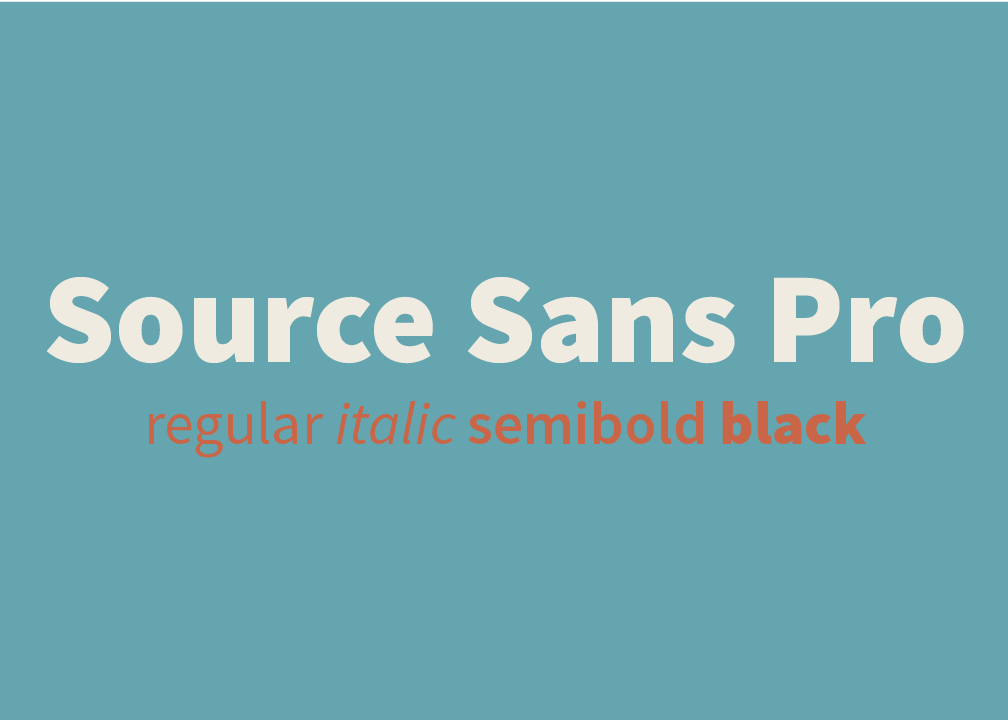Successful social media will generate quality leads, drive sales, and reinforce branding. But creating quality content takes a lot of planning, creativity, and time.
Once you’ve identified your goals and audience, it’s time to start brainstorming quality content that will engage your followers. If you've already done that, but feel like your engagement is low, we've got a few tips for you to try.
These 12 tactics should help you secure those elusive likes, shares, follows, clicks or leads:
1. Engage with your audience
Despite what the name implies, it’s actually pretty easy to get on social media and not be social. You wouldn’t ignore a current or prospective client’s call or email, so why should your social media communications be any different?
If someone leaves a comment or messages you, be sure to get back to them with an on-brand response in a timely fashion.
2. Mix up your feeds
Looking for some fresh posting ideas? We've got a whole series of blog posts on that!
There’s nothing less effective than social media streams that regurgitate the same old stuff day after day. Content like blog posts and job vacancies are great content -- but they’re not all you should be posting day after day. Hop on trending content like current news, mix up your post formatting, and get creative!
3. Take a multi-medium approach
Instead of trying to make all your marketing channels work in isolation, make social media a part of your print campaigns – and vise versa. If you’ve got an email or PR campaign going out, create a buzz around it on social media too. Creating a multichannel campaign can help increase your reach and direct new people over to your social channels.
4. Time your posts
Figuring out when your followers are online will help you increase your reach. While Instagram gives you insight into the days and hours that your audience is online, you'll have to experiment with posting times when it comes to other platforms. Play around with posting on different days to see what works best for you and then analyze which hours get you the highest reach and engagement.
5. Post bold content
On social media getting noticed often means taking risks. People are inundated with fresh content every time they refresh their feeds – and to get results you’re going to have to think outside the box.
This means something different for reach business -- but start by playing around with different post formats, riskier graphics, and out of the box content.
6. Plan in advance
Don’t overlook big events -- or the social media exposure that comes with them. We suggest creating a social media calendar that spans several months in advance so that you can be proactive and maximize all topical opportunities.
7. Push people back to your site
Use bit.ly to shorten your links -- and track your traffic.
If you’re not pushing people back to your website, you’re not getting the full benefits of posting on social media. Whether you’re sending people to a blog post, product page, or dedicated landing page, be sure to include links when they’re relevant.
Use a content calendar to keep track of your social media posts!
8. Blur the boundaries
Having strict brand guidelines in place is key for consistency, but if there’s one place to blur your boundaries, it’s on social media. We’re not suggesting going completely off brand – but we are suggesting that you play around with the style of your graphics and the buzz words you use. This will give you a great opportunity to see what your audience responds to – and what they really don’t like.
9. Up your video content
Facebook's algorithm has long favored video content over other mediums -- and we don't foresee that changing any time soon. Millions of videos are being watched each and every day, so make sure you incorporate them into your social media strategy.
10. Team up with an influencer
If you’re struggling to get the kind of reach you want, think about teaming up with a relevant influencer to give your following a boost. Just be sure you find someone that feels like a natural fit and speaks to your target demographic.
11. Shout about your success
Whether it’s a charity sale that went well or an award you recently won, shout about all the great things -- big and small -- that are happening with your business. It’s a fabulous and free way to promote your culture and aid your recruitment efforts.
12. Be inventive with your images
Use a mix a graphics and pictures and don't be afraid to shake up the content. While your pictures should have a consistent style and look, feel free to branch out when it comes to subject matter. If you're posting multiple times a day, it's easy to get into a visual rut.
SOCIAL MEDIA MARKETING IN GREENSBORO, NC
Have you hit a plateau for likes and follows? We can fix that! Whether you’re looking to increase your views or simply need a break from handling your account, Hue & Tone Creative has you covered for all things social.









